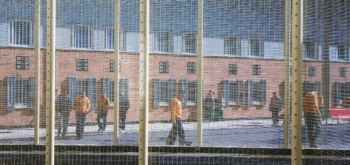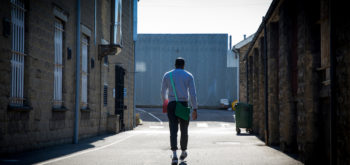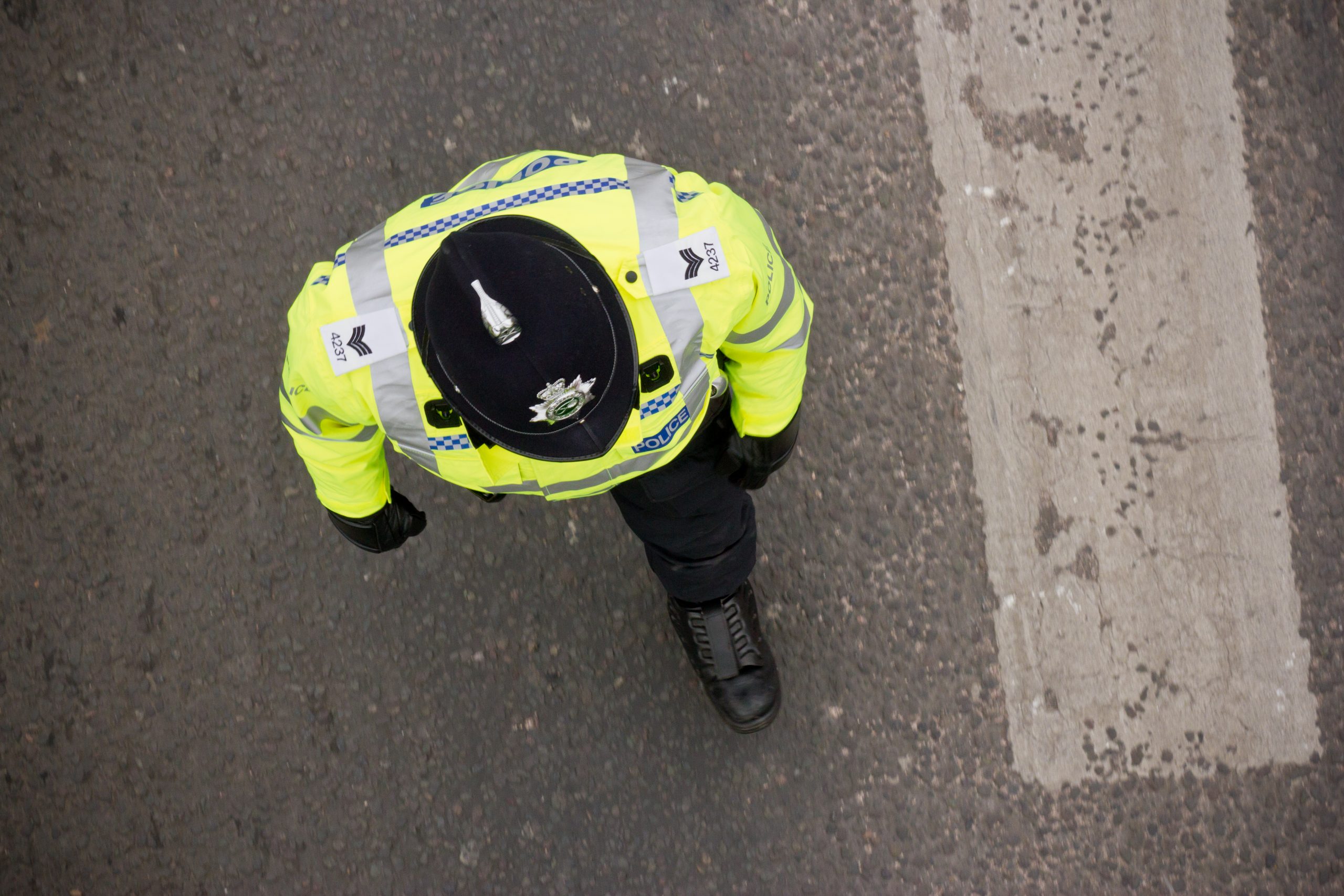If we consider the development of criminal justice policy in the USA over the last 40 years, we might deduce that all that is needed to resolve every single criminal justice issue can be condensed into this straightforward formula: employ more police officers, engage in more surveillance, control and punishment, and above all, incarcerate more people. However, if prison worked, the USA – which locks up its citizens at an astonishingly high rate – should have an astonishingly low level of crime. It hardly needs stating that this is not the case.
Moving closer to home, our overcrowded prison system in England and Wales held precisely 87,668 inmates at the end of January in 2012. The regular drip-feed of official prison statistics confirms that our imprisonment rate effortlessly outstrips those of our European neighbours. We have a greater proportion of our population behind bars than, for example, Germany, France, or Italy – and twice as many prisoners as Denmark. Unless we conclude that the people of England and Wales are intrinsically more evil or (more prosaically) more likely to commit crime, we must search for answers to the question of why our penal policy has travelled such a comparatively punitive road.
Looking to the US
Part of the answer is that American criminal justice has long exerted a substantive impact on UK crime control policy. Issues such as the privatisation of criminal justice, ‘three strikes and you’re out’ (mandatory minimum prison sentencing), curfews and electronic monitoring (‘tagging’) all have their roots in US criminal justice. All of these US practices have subsequently influenced justice policy formulation in the UK.
Our Europe-leading imprisonment rate appears positively puny compared to the USA’s muscular embrace of mass incarceration. If England and Wales had exactly same proportional rate of imprisonment as the USA, we would have the staggering total of 415,569 people behind bars today. It remains an overwhelming contradiction that the ‘land of the free’ locks up its citizens at a higher rate than any other country on planet earth (including the more populous nations of China and India). While the USA is home to just 1 in 20 of the world’s population, it imprisons a quarter of the whole world’s prison population.
The USA’s incarceration machine functions on an industrial scale. The country’s 5000+ state and federal prisons and local jails incarcerate a staggering total of almost 2.3 million citizens. Put another way, America locks up no fewer than one in 100 of its adult citizens. With an imprisonment rate (depending on how you measure it) of up to ten times greater than other western parliamentary democracies, the USA’s mass incarceration machine has achieved the dubious accolade of the highest per capita rate of imprisonment in the world.
President-to-be George W. Bush’s doublespeak retributive mantra – ‘Incarceration is rehabilitation’ – was central to his 1994 Texas gubernatorial campaign. It accurately summarised the Republican Party’s archetypal neo-liberal approach to incarceration. US imprisonment rates trebled between 1973 and 1990. This continuous penal expansion was unprecedented for a developed democratic country. It is only in the last year that the growth in the prison population has begun to ease.
As was the case in England and Wales, the growth in the number of prisoners was not primarily propelled by either escalating crime rates, or by wider social forces outwith governmental control. Rather, it was due to changes in sentencing practices and other correctional policies which play a key role in determining who goes to prison, and for how long they go to prison.
The penal juggernaut
Both Republicans and Democrats have been complicit in the US prison system’s remorseless expansion. Neither Bill Clinton nor Barack Obama have been able to significantly slow the relentless progress of the juggernaut of carceral growth. It may come as a surprise to learn that the biggest increase in imprisonment during any presidency in history occurred not under a Republican, but during the Democratic presidency of Bill Clinton. When Obama was elected as the USA’s 44th president of the in 2008, the overwhelming popular support he commanded was matched by sustained optimism about a radical transformation of the nation’s penal system. This transformation has yet to occur.
There is substantial evidence that US criminal justice system exerts a disproportional impact upon African Americans. While this may hardly come as a revelation for a country with a cultural inheritance which has embraced slavery, lynching and segregation within the last 150 years, race is a key factor in understanding US penality.
Prison is not an exceptional part of the experience of black American men; more than half of all black males who have not achieved a high-school diploma will be behind bars at some point in their lives. The harsh reality is that African American men are incarcerated at a rate of six times that of their white counterparts.
Over two million African Americans are currently under the control of the correctional system, whether in custody, on probation, or on parole. To fully grasp the scale of the disproportionate representation of African Americans in the penal system, it is sobering to learn the USA imprisons a greater proportion of its black population than South Africa did during the apartheid era.
Mass incarceration cannot proceed without immense social and economic resources. The penal system is the USA’s second biggest employer, with around three quarters of a million staff. It costs taxpayers $70 billion dollars each year. The latest US Bureau of Justice statistics indicate that reported the total number of people behind bars declined in 2010 for the first time since 1972. That we have begun to see the first signs of the US prison population’s relentless growth beginning to falter may well be indicative the pressures of intense fiscal restraint, as much as than any profoundly altered perspective on prison as an effective response to crime. Despite a slight decline in prison numbers in some states (California in particular), the prison population in other states has continued to rise.
We need to think deeply about our increasing prison population in England and Wales. Do we plan to emulate the US system of mass incarceration? We already have a world-leading probation service which can change people’s lives. It makes social and fiscal sense to keep people in the community unless they present a serious risk to public safety. The American model provides clear evidence that incarceration on an industrial scale is incredibly wasteful, both in human and in financial terms.
Writing in 1833, Tocqueville and de Beaumont investigated the state of America’s penal system. They concluded that:
‘… the penitentiary system in America is severe. While society in the United States gives the example of the most extended liberty, the prisons of the same country offer the spectacle of the most complete despotism.’
We, in turn, might conclude that not much has changed in American imprisonment in 180 years.





